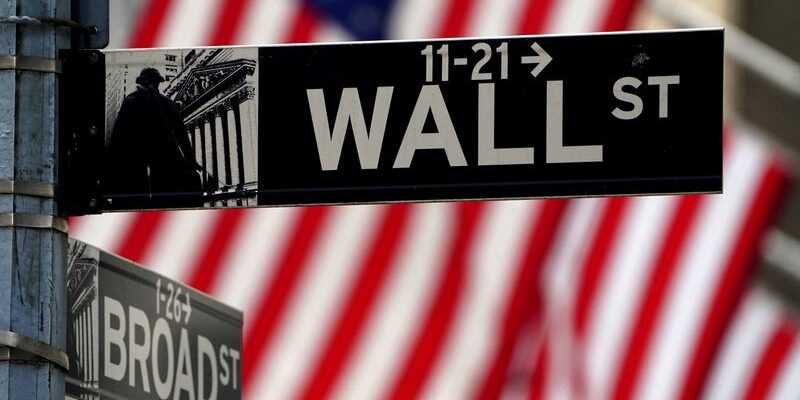With the benchmark S&P 500 down 13.5% since the start of the year, valuations are at their lowest level in two years, putting the forward price/earnings ratio of the index at 17.9 times , up from 21.7 times at the end of 2021, according to the latest data from Refinitiv Datastream.
Although many investors have tended to ignore lofty valuations during the market’s dynamic rally from post-COVID-19 lows, they have been quick to punish companies deemed overvalued this year as the Fed ends easy money policies that had kept bond yields low and supported equities.
While recently discounted valuations may boost equities’ appeal to some bargain hunters, other investors believe equities may not be cheap enough as the Fed signals it is poised to tighten aggressively its monetary policy to fight inflation, bond yields are soaring and geopolitical risks, such as the war in Ukraine, continue to agitate the markets.
“Equities are approaching their fair valuation … but they’re not quite there yet,” said J. Bryant Evans, portfolio manager at Cozad Asset Management Champaign, Illinois. “If you take into account bond yields, inflation, what’s happening with GDP and the economy in general, they’re not quite there yet.”
Wild swings rocked markets last week after the Fed made a widely expected 50 basis point rate hike and signaled similar moves for upcoming meetings as it tries to stifle interest rates. highest annual inflation for 40 years. The index fell for five straight weeks, its longest losing streak since mid-2011.
More volatility could be in store if next week’s monthly consumer price index reading beats expectations, which could strengthen the case for an even more aggressive tightening of monetary policy by the Fed.
“Keith Lerner, Co-Chief Investment Officer at Truist Advisory Services, wrote in a recent statement to clients: “There has been…a healthy reset in valuations and sentiment.
“For equities to sustainably move higher, investors will likely need to have more confidence in the Fed’s ability to rein in inflation without unduly hurting the economy.”
Although valuations have fallen, the forward P/E of the S&P 500 is above its long-term average of 15.5 times earnings estimates.
Chart – Valuation of US stock markets:
Companies in the S&P 500 index are expected to increase earnings by around 9% this year, according to Refinitiv data, as they end the first quarter reporting season better than expected.
One likely factor is whether the Treasuries extend a selloff that pushed the yield on the benchmark 10-year bond higher, which is moving inversely to prices, to its highest since late 2018.
Higher yields in particular tarnish the appeal of technology and other high-growth sectors, as their cash flows are often more forward-weighted and diminished when discounted at higher rates.
The forward P/E for the S&P 500 technology sector has risen from 28.5 times to 21.4 times since the start of the year, according to Refinitiv Datastream data as of Friday morning.
“In terms of growth valuations, they’ve been hit the hardest and probably the most oversold,” said Art Hogan, chief market strategist at National Securities.
But the sector continues to trade at a nearly 20% premium to the broader S&P 500, higher than the 15% premium it has averaged to the broader index over the past five years.
If the 10-year yield oscillates between 3% and 3.5%, after having been a “fraction” of this level for a long period, “this will continue to weigh on the P/E and therefore on the discount mechanism for the “growth and technology space,” said John Lynch, chief investment officer of Comerica Wealth Management, which favors value stocks over growth stocks.
“To a large extent, (the pressure from higher yields) has been priced in,” Lynch said. “But I don’t think it will go away. I think it will persist.”
